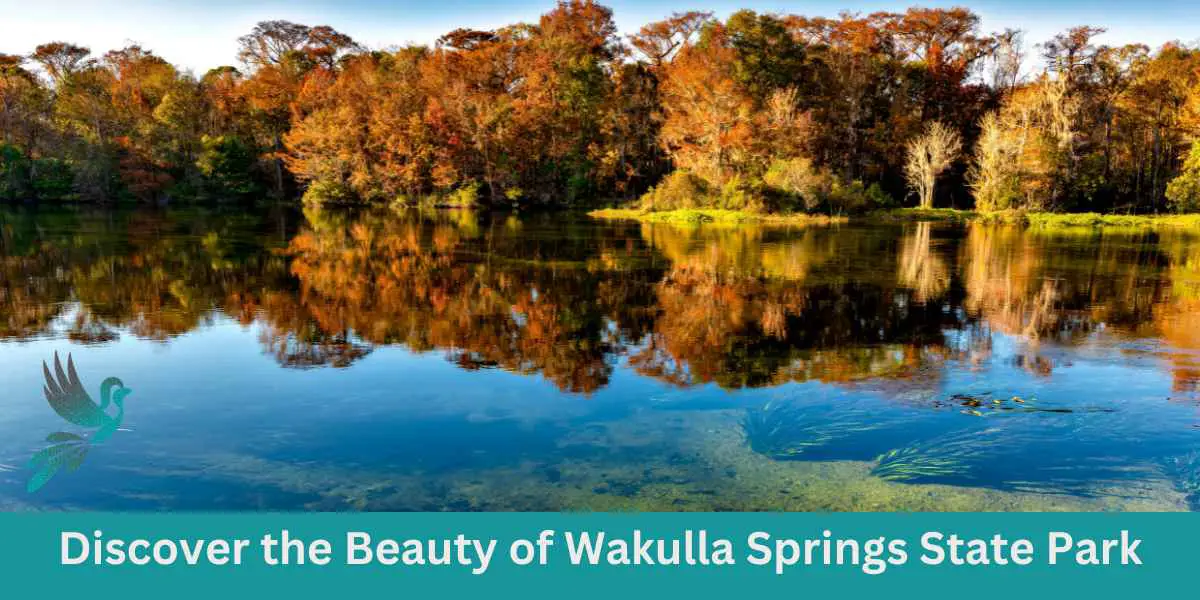Discover the incredible services provided by wetlands and their crucial role in combating climate change in California. Wetlands are not just wastelands; they regulate climate, store water, control pollution, replenish aquifers, promote nutrient cycling, protect shorelines, provide habitat for diverse species, and offer opportunities for recreation and education. Wetlands have faced historical challenges and have been drained or filled, but increased appreciation for their services has led to enhanced protection and restoration efforts. Through surface water storage, pollution control, groundwater recharge, nutrient cycling, shoreline protection, maintenance of biodiversity, and climate control, wetlands in California contribute significantly to the well-being of the environment and society as a whole.
Wetlands and Climate Change in California
California’s wetlands play a vital role in the state’s natural ecosystem and provide numerous benefits to both the environment and society. These wetlands are important for regulating climate, storing surface water, controlling pollution and flooding, replenishing aquifers, promoting nutrient cycling, protecting shorelines, maintaining biodiversity, and offering opportunities for recreation and education. However, these valuable ecosystems are currently facing various threats that need to be addressed through conservation and restoration efforts.
Importance of Wetlands
Wetlands are crucial for regulating climate, as they have the ability to transform large amounts of carbon dioxide into plant tissue and soil humus. This helps in controlling climate change by reducing greenhouse gas emissions. Additionally, wetlands act as natural sponges by storing surface water and preventing flooding. They slow down runoff from rainstorms, reducing the peak water flows into streams, rivers, lakes, and bays.
Surface Water Storage
One of the key benefits of wetlands is their capacity to store surface water and prevent flooding. They serve as temporary storage areas, allowing excess water to soak into the ground or evaporate. This function helps to reduce the impact of heavy rainstorms by slowing down the flow of water into water bodies, protecting surrounding areas from flooding.
Pollution Control
Wetlands play a significant role in improving water quality by filtering waterborne sediment, nutrients, pesticides, and bacteria. The biological and chemical processes that occur within wetlands help break down pollutants and trap sediments, thereby protecting aquatic resources from excessive sedimentation. This purification function enhances the overall health of water bodies and contributes to the preservation of aquatic ecosystems.
Groundwater Recharge
Certain wetlands release water slowly into the ground, replenishing aquifers. These aquifers serve as vital water sources for both agricultural activities and human consumption. By extending the period of stream flow from the wet season into the dry season, wetlands help meet the water requirements of wildlife and people, particularly in regions where spring and summer stream flow is essential.
Nutrient Cycling
Wetlands experience wet and dry cycles that promote the decomposition of organic matter and the recycling of nutrients back into wetland vegetation. This nutrient cycling process is fundamental to the functioning of wetland ecosystems and supports the food webs within them. Wetlands provide an essential habitat for various species, as the recycling of nutrients allows for the growth and survival of a diverse range of plants and animals.
Protection of Shoreline
The vegetation found in wetlands plays a crucial role in protecting shorelines and stream banks. Wetland vegetation increases resistance to erosion, dissipates waves and boat wakes, and reduces the velocity and turbulence of nearshore currents. This protection is not only valuable for maintaining healthy and stable shorelines, but it also helps mitigate the impacts of sea level rise and acts as a natural buffer against flooding and other shoreline infrastructure.
Maintenance of Biodiversity
While many wetlands in California have been converted to other land uses, the remaining wetlands are of great ecological significance. They serve as critical nursery areas for numerous species of birds, fish, and invertebrates. Wetlands are essential in the early life cycles of many species and contribute significantly to fishery production. With the highest number of plant and animal species compared to any other habitat in the state, wetlands are crucial in maintaining biodiversity and supporting migratory bird populations.
Recreation and Education
Wetlands offer ample opportunities for recreational activities such as hunting, fishing, and nature photography. They also provide environments for outdoor environmental education. The richness and diversity of wetland ecosystems make them incredibly scenic and appealing for visitors, allowing people to appreciate and connect with nature while enjoying the open spaces provided by wetlands.
Climate Control
Wetlands are recognized as highly productive habitats comparable to rain forests and coral reefs. Their ability to transform carbon dioxide into plant tissue and eventually into soil humus helps to control climate change. By sequestering carbon and reducing greenhouse gas emissions, wetlands contribute to mitigating the impacts of climate change.
Threats to California’s Wetlands
California’s wetlands have faced significant historical destruction and continue to be at risk due to various human activities. Factors such as urban development, agriculture, pollution, and invasive species pose challenges to the conservation and preservation of wetland ecosystems. To protect these valuable habitats and ensure their long-term sustainability, conservation and restoration efforts are essential.
In conclusion, wetlands in California are crucial ecosystems that provide a wide range of benefits to both the environment and society. From regulating climate and storing water to controlling pollution and maintaining biodiversity, wetlands play a vital role in sustaining the state’s natural heritage. Despite the threats they face, it is crucial to recognize the importance of wetlands and implement measures to conserve and restore these valuable ecosystems. By valuing and protecting wetlands, we can ensure their continued provision of services for generations to come.



Leave a Reply
You must be logged in to post a comment.